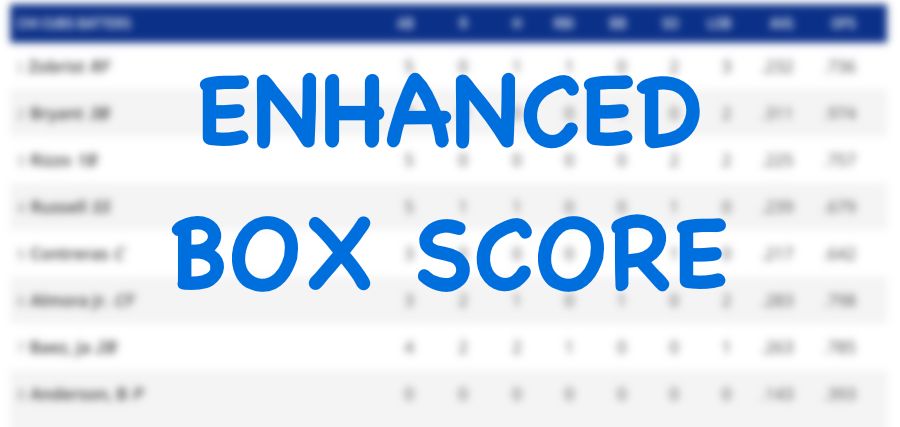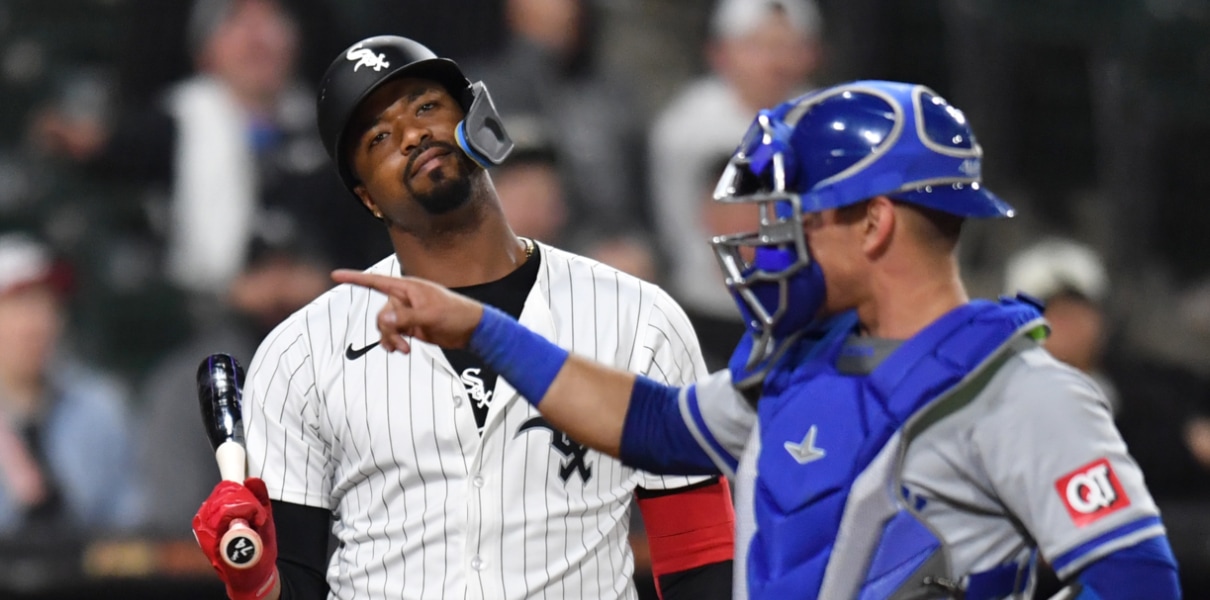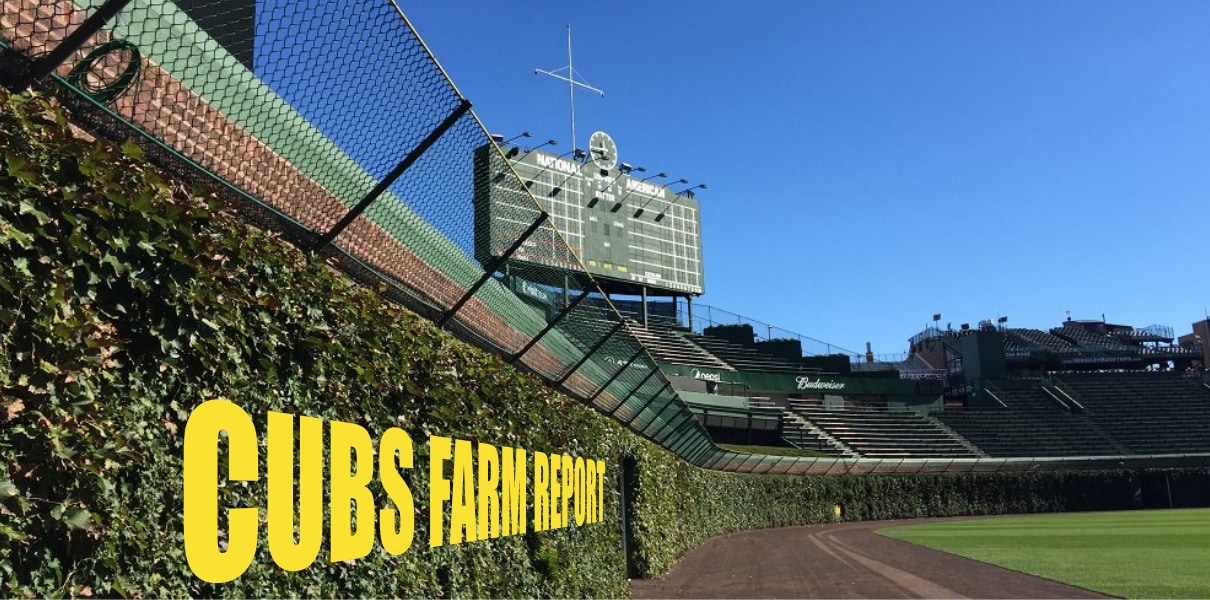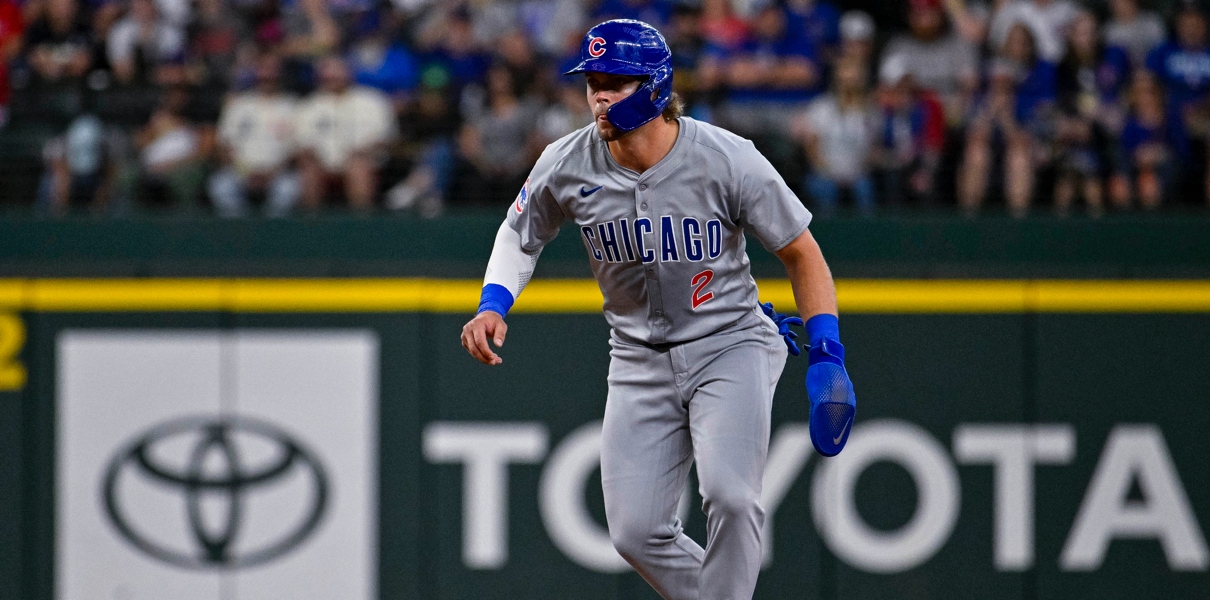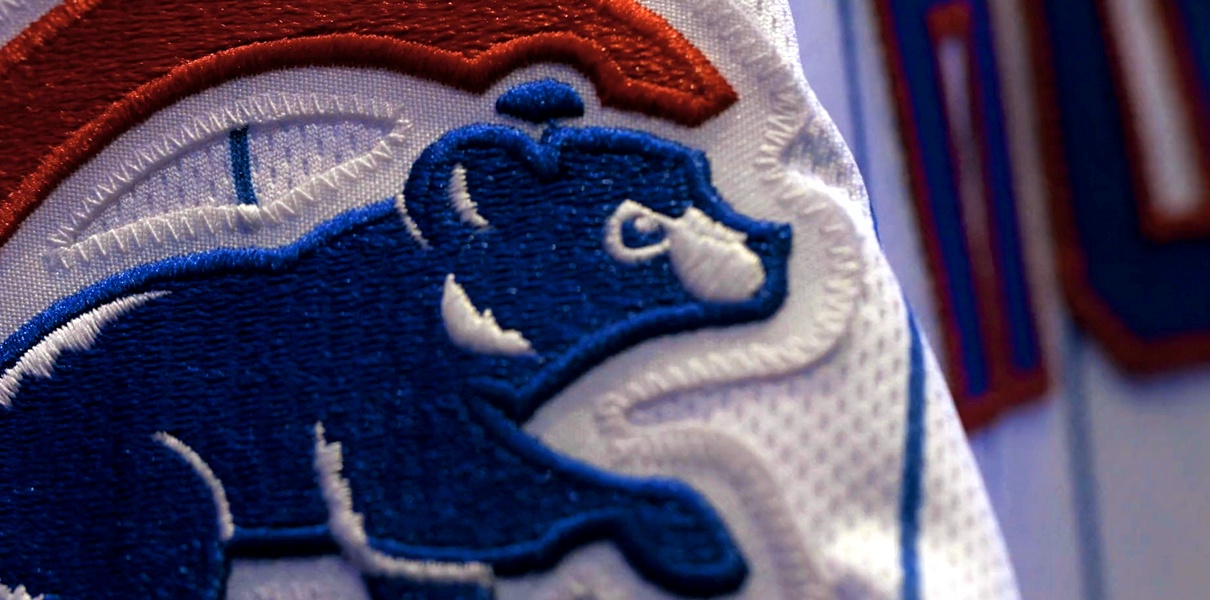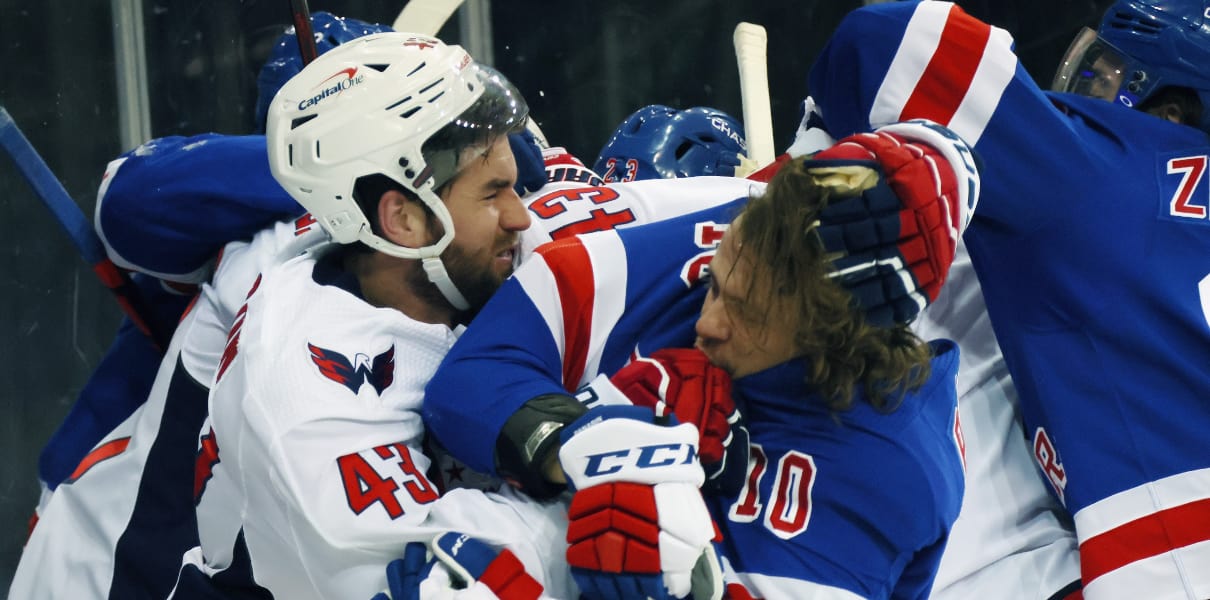It’s one of those slices of context that I appreciate very much: how much did a particular ballpark impact the stats of those many prospects we track throughout the year? Just like big league ballparks, minor league parks sometimes skew pitcher or hitter-friendly thanks to the shapes and the weather, and that helps us adjust the lens through which we evaluate prospect performance.
In a world where we increasingly lean on the wRC+ statistic to get a better sense of how a player is performing relative to the league, it’s even more important to have at least a sense of these park factors in your brain. Why? Because although Major League wRC+ adjusts for league *AND* ballpark, the minor league wRC+ adjusts *ONLY* for league. That definitely helps get you a good distance toward understanding the performance, but knowing the park factors really helps, too. And since we had no minor league season in 2020, it’s been quite a while since we’ve really dug into this topic.
Thankfully, Baseball America just released the Minor League Park Factors for 2021 for the four full-season levels, so we can get a better sense of the offensive environments in which the various levels of Cubs prospects were playing.
There are three Park Factors worth knowing: Runs, Home Runs, and BABIP. The first gives you the overall scoring sense, whereas the latter two give you a sense of how easy/hard it is to hit a homer or collect extra hits in a given ballpark. Give the full BA article a read here, but the high points on how the Cubs’ minor league ballparks played in 2021:
⇒ Triple-A Iowa: Played 13% more homer-friendly than the average ballpark, and 3% more friendly to balls in play. It was 9% more offense-friendly than league average overall. None of those numbers were particularly extreme, but obviously it skewed offense friendly, relative to other parks in the Triple-A East.
⇒ Double-A Tennessee: 14% more homer-friendly, 1% more BABIP-friendly, and 7% more offense-friendly.
⇒ High-A South Bend: 12% *less* homer-friendly, 2% more BABIP-friendly, and 2% more offense-friendly.
⇒ Low-A Myrtle Beach: 24% less homer-friendly(!), 1% more BABIP-friendly, and 11% less offense-friendly.
What’s some of the context we take away from all of this? Random initial thoughts:
⇒ Always keep in mind that this stuff cuts both ways. Whatever you’re thinking it means for Cubs hitting prospects at a given level, just remember … it means the opposite for Cubs pitching prospects at that level.
⇒ The power-driven offensive breakouts at Tennessee and Iowa should be regarded with a mild bit of caution, especially with home runs. Thankfully, in Brennen Davis’s case, his production wasn’t solely driven by homers, but obviously he probably got a bit of a home park boost in both places. Michael Hermosillo and Sergio Alcantara also probably got a boost in their power production at home.
⇒ The other point there, though, is that the Cubs overall had surprisingly few homers at Double-A and Triple-A given the ballparks. Part of that is because the rest of those leagues weren’t especially homer-friendly, but a bigger part of it is what you already know to be true: there just wasn’t a lot of power in the system at those levels.
⇒ Hey, kudos to Nelson Velazquez, Alexander Canario, and Yonathan Perlaza for showing off their homer power even at South Bend. And Jordan Nwogu’s 10 homers at Myrtle Beach look all the more impressive given how extreme his home park plays against homers (we already knew it skewed that way, but hoo buddy it was strong in 2021).
⇒ All those relievers who kept dominating at Iowa and Tennessee? Slightly more impressive now that we know the run-scoring environments in both places skewed bat-friendly.
⇒ You’d conversely wonder a bit about any pitcher who had success at Myrtle Beach or South Bend primarily as a contact-manager. It’s tricky, because you have to allow for the fact that – especially in the minors – sometimes the pitchers who are just too good for the level will induce truly atrocious contact. But, in theory, good pitching prospects should also be missing bats at that level (even if, down the road, they project more as contact-managing types at the higher levels). That said, the Cubs actually didn’t have a ton of extreme FIP/ERA guys (i.e., guys whose ERA massively beat their FIP, suggesting disproportionately good results on balls in play) at the lower levels.
⇒ We’re just going to have to remember the offensive environment at Myrtle Beach as all these young bats roll through the next couple years. They’re going to be extremely young for their level *AND* playing their home games at a ballpark that plays really pitcher-friendly.
⇒ If you need an extreme short-hand to remember how the parks played this past year (and thus how you’d roughly expect them to play next year), it’s kind of like a reversing shape where the offensive-friendliness rises as the players do: the most hitter-friendly at Triple-A, a little less that way at Double-A but still hitter-friendly, then more neutral at High-A (some aspects are pitcher-friendly), and then pitcher-friendly at Low-A.




